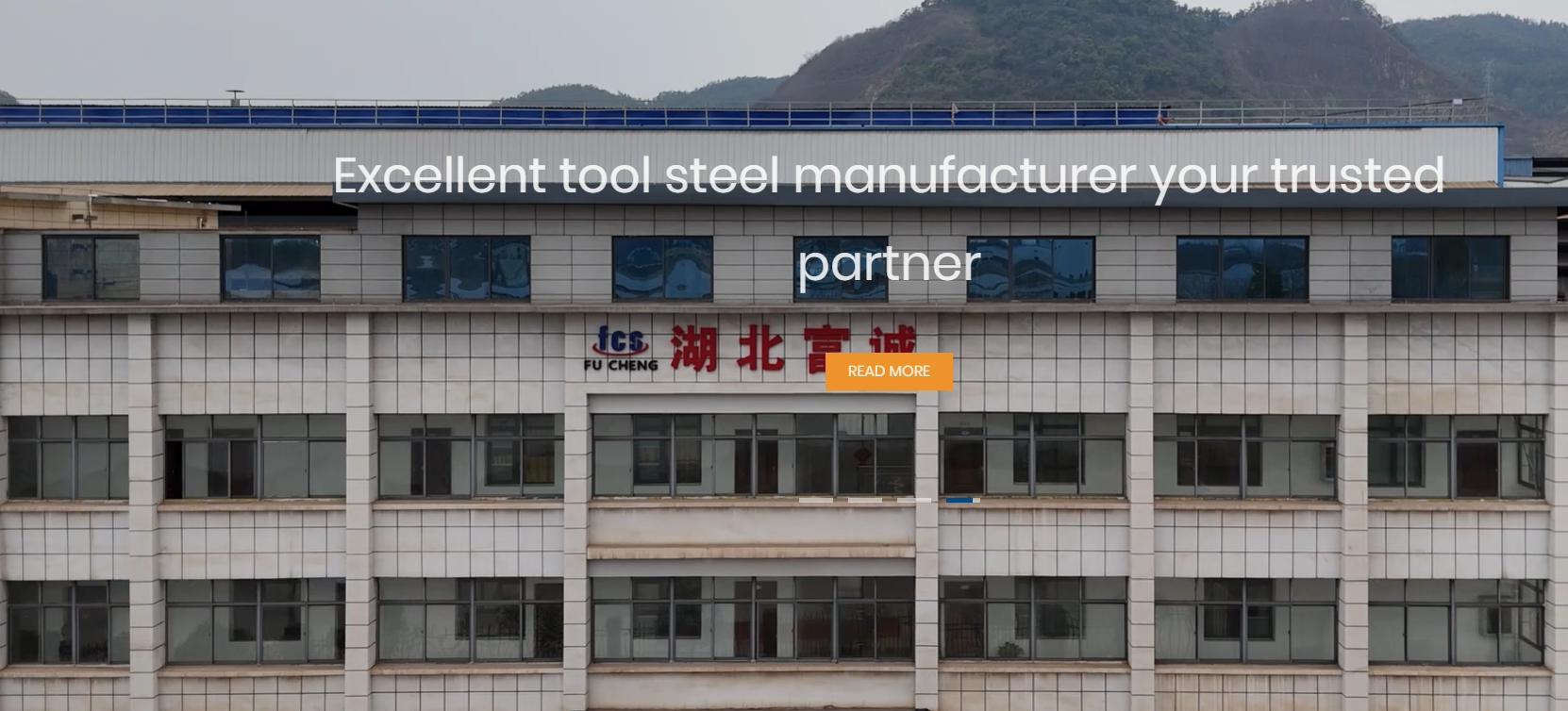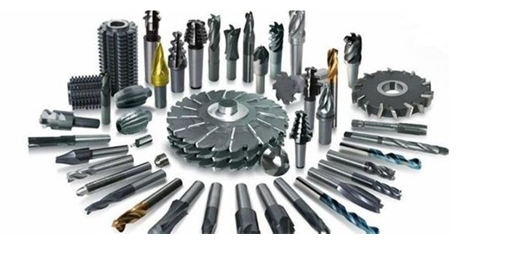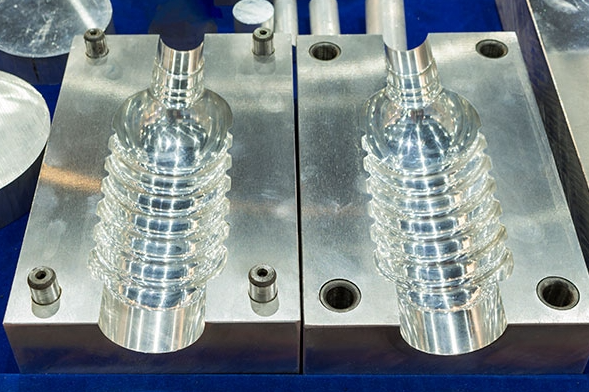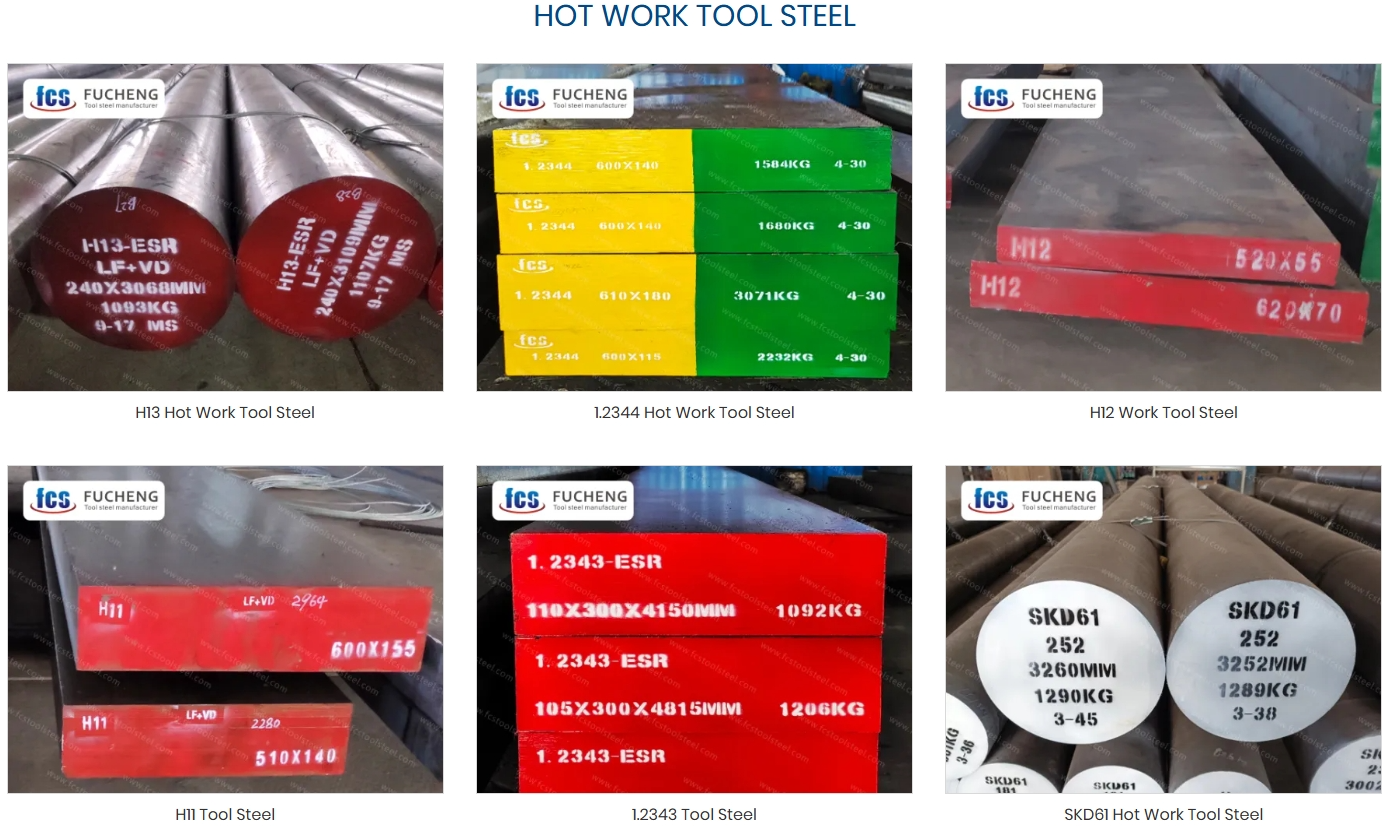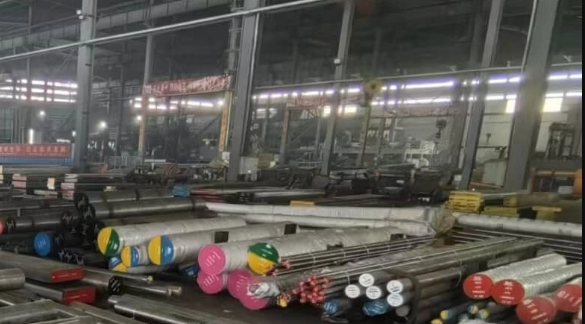Picking the best tool steel for a project can be tough. Focus on matching the steel’s strengths to your needs. I’ve seen steel snap under pressure when chosen wrong. Getting the right match prevents that. Heat, impact, or rust? The correct steel choice matters. But most people miss one detail that changes everything…
Applications and Recommended Tool Steels
Choosing the right tool steel for a project depends on balancing key factors. Let me share an example: I needed steel for high-heat situations and picked H13 tool steel. Why? It handles sudden temperature changes without cracking. But toughness matters too. I’ve seen tools break under heavy stress when the steel was too hard. That’s why I prefer S7 tool steel – it stays durable against chips yet keeps some flexibility. The goal is matching steel to your needs. Does your project need heat resistance? Easy shaping? Reliable performance over years? Take A2 tool steel – I’ve used it for precision tools because it keeps its exact shape during heat treatment. That makes it perfect for detailed work.Pick the best tool steel by thinking about these key points:
Choosing the perfect tool steel should focus on understanding its advantages. Just like finding the right partner for your project.Here’s my preferred steel selection for common applications:
Cutting Tools
M2 High-Speed Steel is my top pick for drill bits and saw blades. It stays hard even when hot and resists wear better than most grades.
I chose M4 high speed steel to do some of the hard work. Like cutting thick metal. It handles heavy use without damage.
T1 High-Speed Steel is the first choice for precision cutting tools. It keeps its shape under intense heat during detailed work.
Forming and Stamping Dies
D2 Cold Work tool Steel,I recommend this for factories making thousands of parts. The dies last longer than standard options.
A2 cold work tool steel is suitable for complex mold shapes.It won’t warp during production runs.
O1 Cold Work tool Steel is My favorite for basic stamping jobs. Easy to machine and lasts through moderate use.
Injection Molds
P20 tool steel is suitable for most plastic molds.Machines smoothly and polishes to a mirror finish.
I use H13 tool steel for high-output mold runs. Handles heat better than cheaper steels.
420 Stainless Steel is best for molds facing chemicals or moisture. Resists rust better than standard tool steels.
Hot Work Tools
H11 tool steel is my first choice for die-casting aluminum. Stays strong even when glowing red-hot.
The hot forging and extrusion properties of H13 tool steel are good.Handles rapid temperature changes without cracking.
I specify H21 tool Steel for heavy forging presses. Survives constant pounding at extreme heats.
Impact Tools
S7 tool steel, even if you knock metal all day, do not break.My preferred steel for demolition chisels.
S5 tool steel is almost as tough as the S7 tool steel.I use it for punch tools needing some shock absorption.
Precision Measuring Tools
A2 tool steel has maintained precise dimensions over the years.My workshop uses it for master inspection gauges.
O1 tool Steel is an affordable option for calipers and rulers. Keeps its precision through daily use.
Woodworking Tools
A2 tool steel: Balances edge retention and durability. I use it for chisels and hand plane blades.
D2 Tool steel can cut resin wood without dulling.My choice for production carpentry tools.
M2 tool steel to keep the sharpest edges longest. Ideal for fine woodworking blades.
What I Consider When Choosing Steel
When picking tool steel, I focus on two main things: the tool’s required hardness and the challenges it will face. For example, tools used in die-casting or forging face extreme heat. In these cases, I choose H13 or H11 tool steels because they handle high temperatures without cracking. Impact resistance is also key. I’ve seen brittle steels fail under stress, so for shock absorption, I prefer S7. It stays durable while remaining flexible.
I also evaluate how well the steel resists moisture or chemicals. This matters most for molds or tools in wet or corrosive settings. Machinability matters too. Some steels, like D2, are harder to shape but provide excellent wear resistance. I balance all these factors with the project’s budget and steel availability. This approach ensures I pick the best material for the job.
Tips for Picking Tool Steel
When choosing tool steel, I focus on your project’s specific needs and performance goals. The goal is finding the right match that ensures efficient operation and meets your targets. I consider how the steel performs under your task conditions. My priority is selecting materials that work reliably under pressure.Here’s what I consider most important.
1. Check Your Project’s Needs
Before choosing steel, I suggest considering how you’ll use it. I ask myself two main questions:
How hot will it get? For extreme temperatures, I prefer hot-work tool steel or high-speed tool steels. These handle heat without issue.
How strong must it be? When I need impact resistance, I recommend shock-resisting steels. They absorb heavy blows effectively, even in tough conditions.
2. Understand Tool Steel Ingredients
The inside steel determines how it works. Take carbon. It sharpens steel’s edge but makes it brittle. I learned this firsthand when a chisel I made snapped under too much pressure. Chromium strengthens steel and fights rust. I once used a high-chromium alloy for a tool left in rain and snow. It lasted years longer than standard tools. Tungsten and molybdenum? They handle heat better than most metals. I tested tungsten steel in a hot-forging press. It stayed strong even at 1,200°F. Vanadium? It quietly improves toughness and durability. During a demanding project, a vanadium blade I made survived heavy cutting without chipping.
3. Heat Treatment Effects
Choosing tool steel for a project depends heavily on heat treatment. This process affects how easily you can machine the steel. I’ve worked with A2 and O1 tool steels.They’re simple to shape and cut, perfect for detailed work. D2 tool steel behaves differently. It’s tougher and demands stronger tools. The hardness helps it resist wearing down. During a tough stamping project, D2 challenged me. Cutting it required triple the effort compared to A2. But that extra hardness made parts last longer through constant friction. Always pair your steel’s heat behavior with your project’s needs.
4. Match Hardness to Use
Hard steels in the 54-62 HRC range resist wear well, but I’ve found they crack easily under heavy impacts. I once tried a high-HRC steel demolition tool. It broke completely during the first major strike. For heavy-duty work, I choose S7 tool steel at 56 HRC every time. This steel gives the best balance. It stays strong against wear and shock but stays flexible. It keeps its durability without becoming fragile. Think of it as a reliable partner – strong for the job, but flexible enough to survive hard use.
5. Work Environment
Think about where the steel will be used.I choose stainless steel when moisture or corrosion are common. I remember a mold project near the coast. Regular tool steels would rust there in weeks. But with stainless steel, the tools stayed rust-free for years. They held up well in the salty air. For high-friction jobs like plastic molding, I pick H13 tool steel. I find it works really well here. I used H13 in a busy factory shaping plastic parts. It handled high pressure and changing temperatures without issues. It lasted much longer than other steels.
6. Budget and Supply
From my experience, O1 and A2 tool steels work best for budget projects. They’re easy to find and affordable. I use them regularly for standard tools or test designs. Last summer, I helped a workshop make hundreds of basic molds. They chose A2 because it’s strong, keeps its shape when heated, and costs less to machine. Special steels like H13 or S7 cost more and take longer to source. For high-stakes jobs needing tools that survive extreme heat or heavy use, these steels justify the higher price. I suggest matching your project’s needs with how quickly you can source materials.
7. Quality Certifications
When selecting tool steel, I make sure it meets standards like ASTM A681 or ISO 4957. This is essential. I’ve seen how reliability changes in real projects. Last year, I used steel that skipped ASTM requirements. It broke quickly under pressure, cracking in just hours. Meeting specs matters, but trust matters more. These standards guarantee the steel works properly in demanding situations. Skip them, and the project could collapse.
8. Ease of Shaping
A2 and O1 tool steels machine well with standard tools. They work best for precise tasks. I used A2 for small parts needing exact heat treatment. It held its shape well, which I find ideal for detailed work. D2 tool steel is much tougher. I tried it on a heavy stamping job. It wore down my regular tools faster than usual. I had to switch to carbide bits. This choice increased production costs. D2 resists wear better than A2/O1. But you’ll need special tools to shape it. For example, A2 and O1 can be cut with basic equipment. D2 requires pricier setups to match their results. If your project needs durability over ease of use, I’d pick D2. For most standard jobs, A2 saves time and money.
9. Learn from Experience
I’ve learned that even small errors in steel selection can create major issues later. By studying past projects where similar steels failed, I avoid repeating those mistakes. It’s like using a map to skip common traps.
When guiding clients, I focus on these lessons. Picking the right steel does two key things. First, it prevents tools from breaking. Second, it ensures their investment holds up over time and costs less overall. Strong materials act like a solid base – they keep the whole project stable for years.
summary
Choosing tool steel involves three key factors: strength, durability, and your project’s requirements. Good steel selection helps tools work better, saving time and reducing headaches. Since every project differs, I recommend comparing steel properties with your goals. Proper steel choice directly impacts how long your results hold up. I hope this helps your next build!

